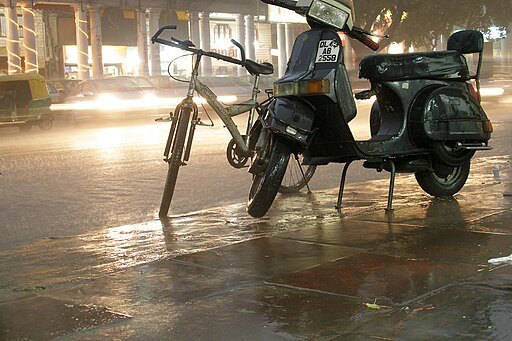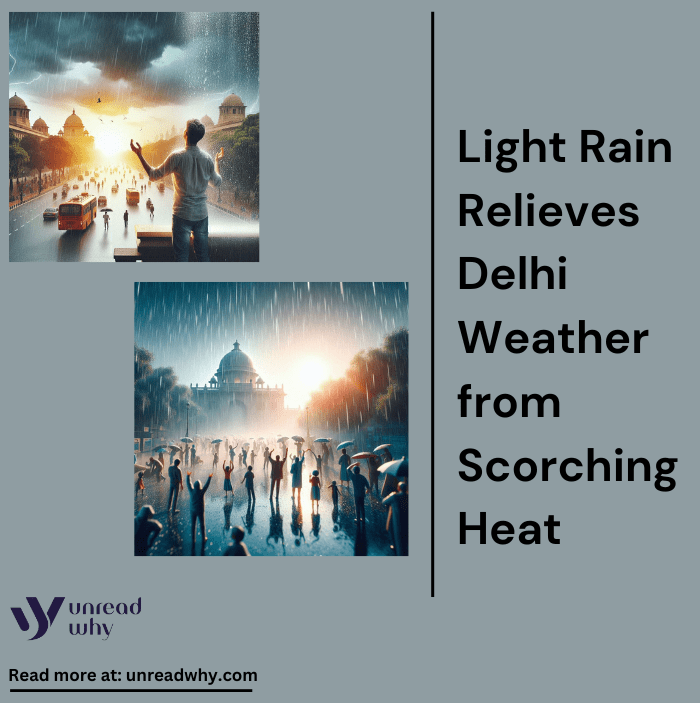Rising heat in North India
North India has been experiencing heat waves, and Delhi has also been experiencing extreme weather conditions. Recently, the weather conditions have broken records. However, on 30th May, Delhi recorded a minimum temperature of around 30.4 degrees.
Delhi’s primary weather condition was recorded as 46.8 degrees Celsius, the highest temperature recorded in the last 79 years. On 17th June 1945, it was recorded as 46.7 degrees Celsius. The India Meteorological Department (IMD) reported that Mungeshpur, an area of Delhi, was reported as around 52.9 degrees Celsius on the same day.
View on Delhi Weather

It was reported that Delhi recorded the highest temperature at 52.9 degrees Celsius. On the other hand, the highest temperature in India was recorded as 51.0 degrees Celsius in Rajasthan in the year 2016. The rising temperature every year indicates extreme weather conditions in the future if not checked and controlled within a stipulated timeframe.
Recently, it was reported that the weather was partly cloudy in certain areas. Light rain and gusty winds were reported around 25-35 KMPH. It was reported that the temperature dropped by 45 degrees Celsius. On this background, it was reported that the minimum temperature is noted around 30 degrees Celsius. For this rain and cloudy weather, the weather condition of Delhi has improved; along with this, the people of Delhi have been feeling relieved from this heat wave.
Depleting Air Quality of Delhi
In this situation, the Air Quality Index of Delhi was recorded around 12 pm, which was considered a poor category of 233 as per the report of Central Pollution Control (CPCB). Anand Vihar has been recorded as having very poor “AQI” around 365. Along with this, Jahangirpuri and Chandni Chowk recorded 245 and 365, respectively. AQI between 0-50 was considered good, 51-100 was satisfactory, on the other hand, and 101-200 was moderate. On the other hand, 401-500 were considered as severe conditions. In this situation, people encounter a lot of repertory issues.
Water crisis due to Delhi weather
In this critical condition, Delhi has been experiencing extreme heat, and the city’s people have encountered a water crisis. To mitigate the issue and address the situation, the government of Delhi focuses on arranging a meeting to take some efficient strategies to handle this critical situation.
Delhi has failed to meet its targeted production of water of an estimated 1000 million gallons each day, whereas that would fall short as well, given the fact that the current population of Delhi (21.5 million) needs 1290 MGF water every day. The shortage of water has led to the rise of heat stroke as well. Amid the water crisis, the government and Delhi Jal Board have banned the use of potable facility of water at construction sites trying to deal with the issue. Moreover, all the centres for car washing and repairing will be monitored closely for using excess water, leading to water shortage.
Light Rain and Remal
In this context, the weather department today declared that a southwest monsoon hit the Kerala coast and some parts of the northeast on Thursday. According to the weather department, the monsoon arrived two days earlier after cyclone Remal pulled the monsoon to the Bay of Bengal. Due to this, the people of Delhi experienced a drop in the temperature, which made life a bit easier for them.
Light rain and dust storms on 29th May temporarily relieved extreme weather conditions and heat waves in Delhi. However, constantly rising temperatures and changing weather conditions demand the implementation of long-term strategies to mitigate this situation and minimise the global warming effect. The administration of Delhi has been trying constantly to decrease the rate of pollution in the city which is directly related to the rise in climate changes and heat waves in the city.


